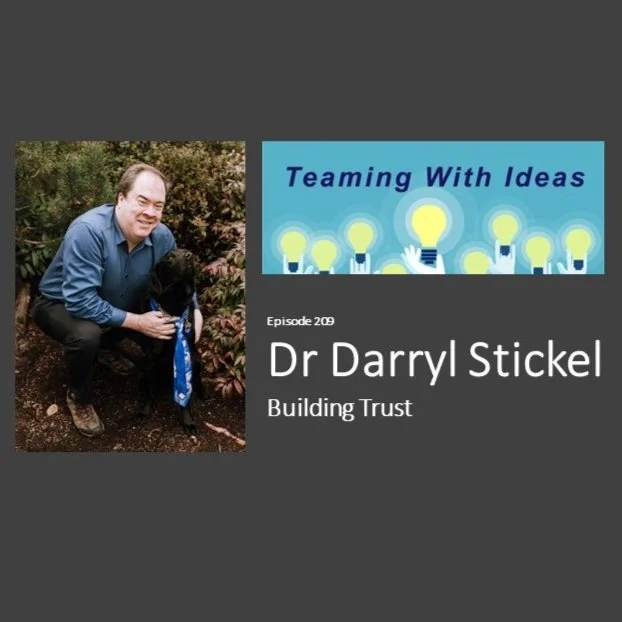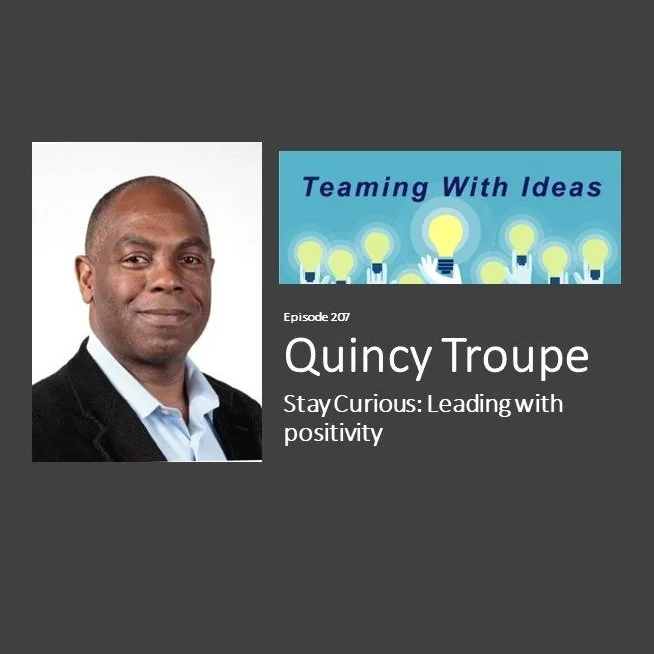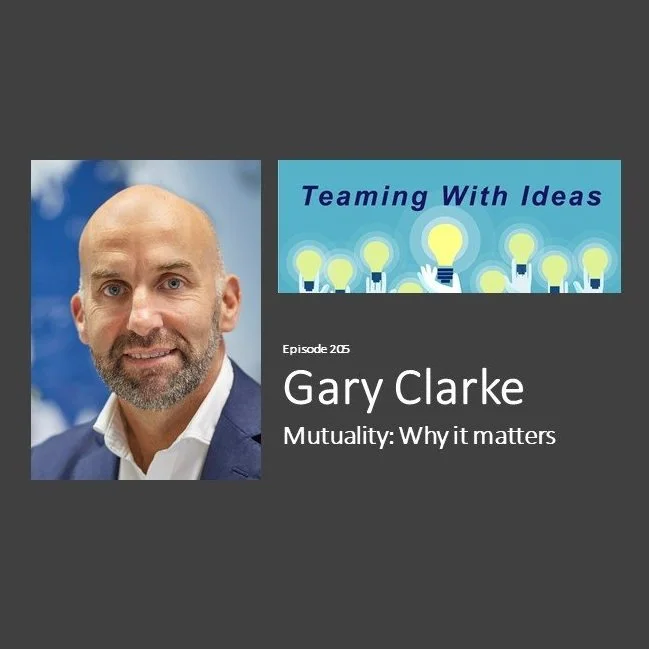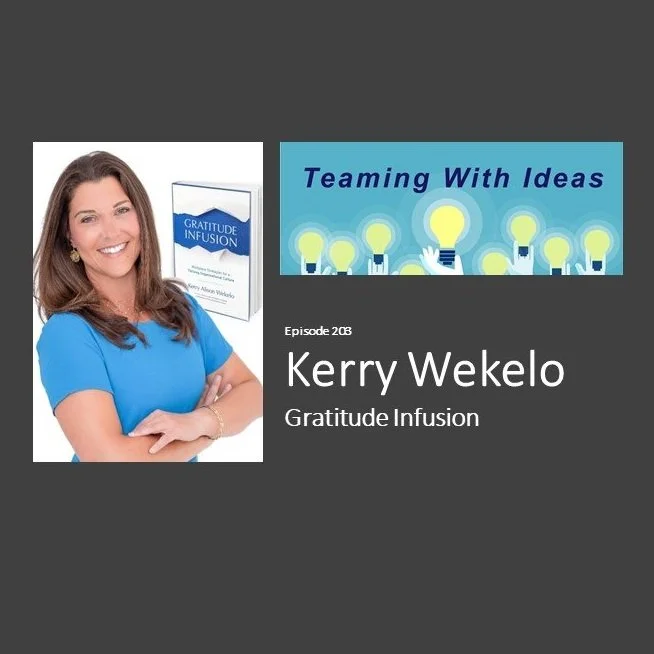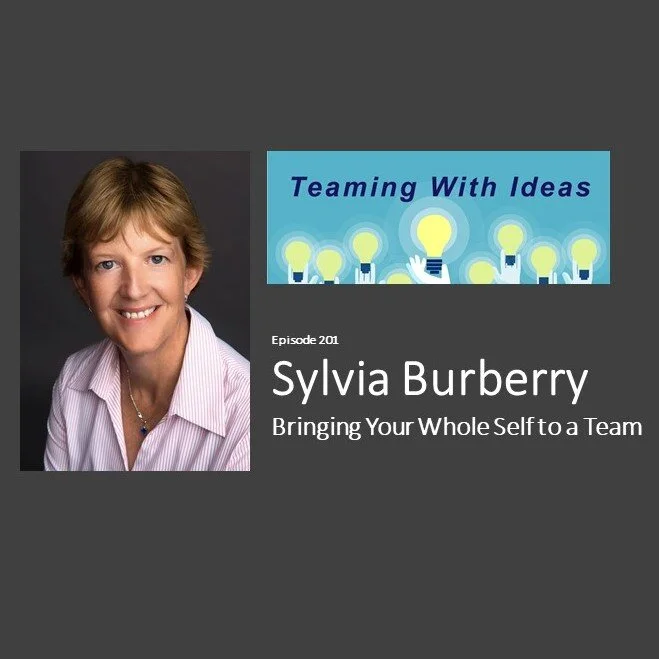I was at a conference held at Duke that was labeled Building Trust in Institutions, and overwhelmingly what they talked about was the lack of trust. There was a real shortage of conversation about how to actually build it, how to make things better.
I think the one that's most prevalent is probably the belief held by most of us that we're trustworthy. I think the research suggests that 95% of people believe they're more trustworthy than average. Not only is that statistically impossible, but it creates problems for us because we have this profound lack of awareness about who we trust and how much we trust them.
…Perceived uncertainty and perceived vulnerability are the basis of trust and they combine: Uncertainty times vulnerability gives us a level of perceived risk.
It's about me becoming more trustworthy. It's not about building trust in some space between us. It's about me saying, “I'm gonna take responsibility for understanding how trustworthy I am,” and then pulling these levers move the needle on that.
